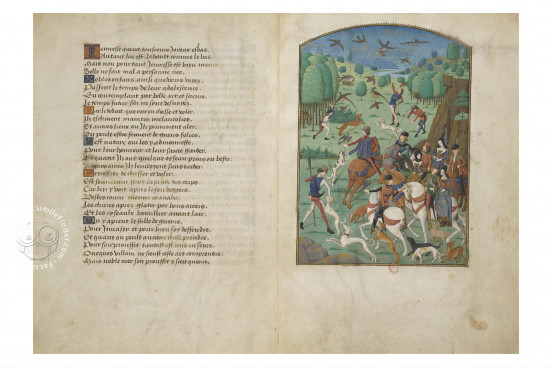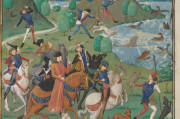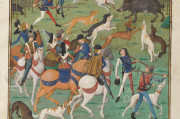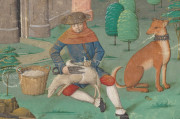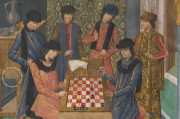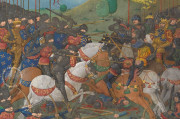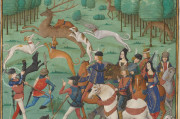At the end of King Louis XI's reign, between 1482 and 1483, Pierre Choinet of Rouen, a physician and astrologer, wrote the Book of the Three Ages for the king. This poem, composed of 621 French decametric verses, addresses themes such as education, hunting, faith, good governance, and the art of war. It explores the three stages of life: from youth to old age, passing through the age of manhood, highlighting the virtues and errors of humanity.
The Three Stages of Life in Choinet's Poem
Each of the three ages establishes a distinct relationship with material goods and virtues. Reason must prevail over will at all times. An individual’s good or bad reputation will depend on the virtues or vices they exhibit. This underscores the necessity of education, which the author refers to as “doctrine.” For a long time, the Book of the Three Ages was viewed merely as a moralistic text, one among many that proliferated during that era. It could be said to be a moral and political treatise that offers a glimpse into a fascinating historical period marked by significant turmoil.
Art Meets Literature
The enigmatic miniatures that adorn this valuable manuscript, characterized by unprecedented originality, were created by the Maître de L'Échevinage of Rouen, a renowned artist who worked for the city's lords in the second half of the 15th century. The purpose of the twelve miniatures is to translate Pierre Choinet's text into realistic and/or metaphorical imagery. The compositions are sober, devoid of frames, and occupy two-thirds or the pages.
Visual Metaphors of Life
The “Shepherd-King” (fol. 9v), who advises the king to moderate taxes; the "sheep grazing" in an orderly manner (fol. 10r), not far from a riverside city in the background (perhaps Rouen), serving as a metaphor for an orderly and prosperous society; or a scene of chess (fol. 15r), which has no direct connection to the text but refers to the political body of the kingdom and aims to be a metaphor for human life—are just a few examples.
The Captivating Legacy of The Book of the Three Ages
The history of The Book of the Three Ages is intriguing, highlighting its lineage and evolution. Over the years, the manuscript has changed hands, becoming an object of interest for collectors and libraries. Its value lies not only in its literary content but also in its historical relevance as a testament to the tumultuous period at the end of Louis XI’s reign.
We have 1 facsimile edition of the manuscript "Le Livre des Trois Âges": Le livre des trois âges facsimile edition, published by Orbis Mediaevalis, 2024
Request Info / Price
